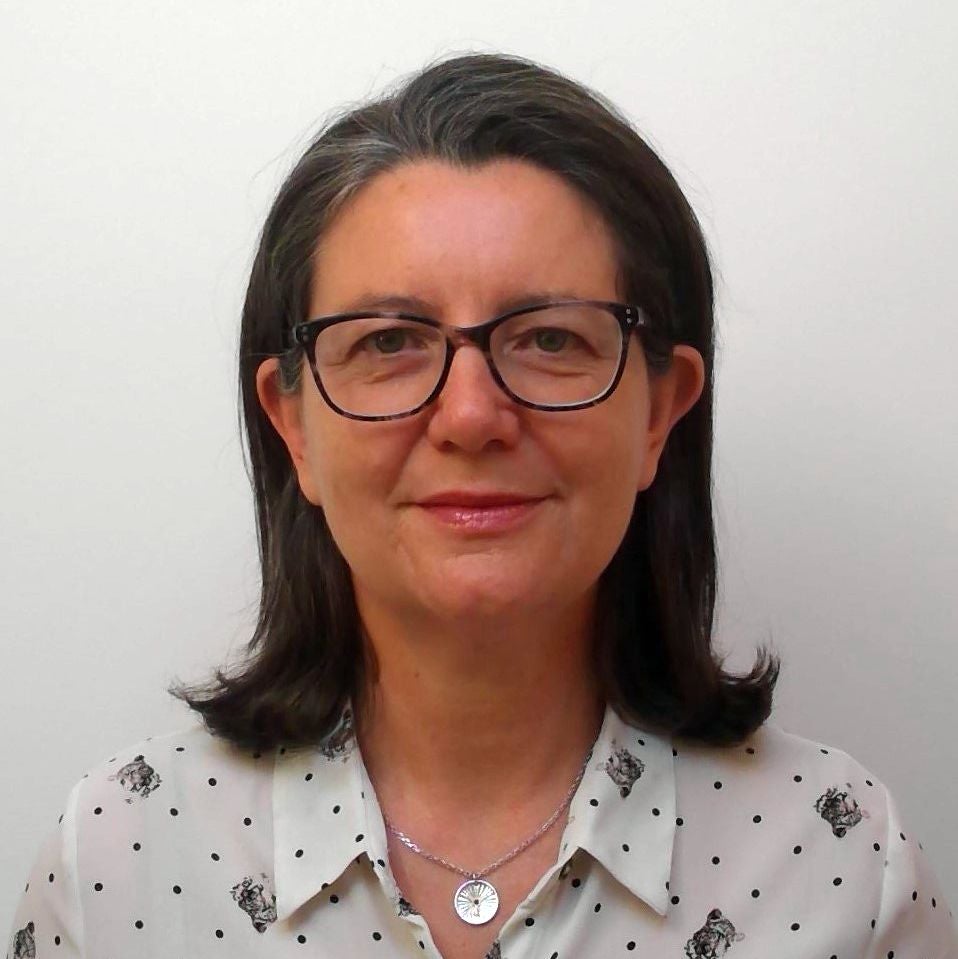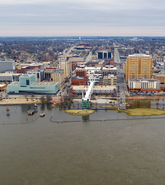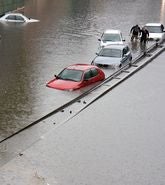Climate change represents one of the most uncertain and far-reaching integrated risk challenges faced by the global economy today. Measuring the potential exposure to climate change for any given location in the world and even extending this measurement to expected physical damage and associated downstream business implications, is an emerging requirement for financial investors.
In addition, regulators and government entities are beginning to standardize requirements to protect both their national interests and long-term GDP, by calling on banks and businesses to disclose their climate risks.
Measuring asset-level climate risk is a highly complex task that has challenged the risk modeling community, resulting in a race to produce meaningful metrics across a variety of industries. A calamity of divergent results and misinformation circulating across the marketplace has resulted in confusion and often unvalidated results, which are being used to make high-stake decisions.
Getting these metrics right really matters, not only to broach the uncertainty in the face of climatic disaster but to uphold the legacy and trust in frontier innovation and collaboration between industry and academia.
The current state of science suggests that to measure climate change impacts at the resolution required to make financial decisions, both general circulation models (GCMs) and catastrophe (cat) risk models are needed.
General Circulation Models
Focusing on the global scientific community – which is made up of thousands of individuals with PhDs and a dozen modeling consortiums across the world – to the best of human knowledge and computational achievement, the community has continued to routinely update and provide global climate change outlooks using a variety of GCMs.
GCMs are instrumental in modeling large-scale, long-term, global modes of variability and trends in atmospheric and ocean circulation systems with various emission outcomes. However, climate models cannot be run at high enough resolutions to capture all meaningful processes at regional and local levels, and therefore have certain limitations in their application.
Researchers circumvent this problem by parameterizing physical processes and by using historical observations to condition climate models to reproduce past and present-day climates. However, as current knowledge is incomplete, uncertainties remain. This can be demonstrated through the inability of some climate models to accurately reproduce history.
It should also be noted that GCMs were primarily created to make projections of climate outcomes – essentially modeling exposure to climate hazards but are not equipped to tackle questions on climatic damages.
While the full impacts of climate change remain highly uncertain, there is a growing consensus across GCMs that climate change is causing chronic changes in global climatology as well as alterations to the frequency and severity of extreme weather events, which are impacted by boundary conditions such as sea surface temperature or gradients in seasonal near-surface atmospheric temperatures.
Catastrophe Models
Today, catastrophe models are used to model near-term outcomes in extreme weather and have been used in the insurance industry for over three decades to protect and deploy capital efficiently. Insurance companies operate in one of the most highly regulated financial services industries, requiring models that have been thoroughly validated in their reflection of current climate risk.
Referred to as ‘cat’ models, these models are essentially bottom-up weather simulations (event catalogs) built from engineering design principles and analytical models representing tens of thousands of years beyond the observed historical data, with inputs including building damages from hundreds of events over the past 30 years, and many hundreds of billions of dollars of damage data.
While historical data is used in the development of catastrophe models, the data is calibrated to quantify today’s damage and losses.
Moody’s RMS cat models are used today by thousands of (re)insurance companies, and their accuracy is tested every year with each new disaster that occurs.
Recognizing that cat models alone are not able to give a complete picture of forward-looking risk, we set about to innovate and create something new and unseen in the marketplace. We combined our legacy in proven, regulated, and industry-leading cat modeling with the results and recommendations of the global scientific community on climate change.
Climate-Conditioned Catastrophe Models
The result is climate-conditioned catastrophe models that provide a forward-looking view of risk by bringing together the best of both worlds. We condition our bottom-up event catalogs to represent events that might also occur in potential future climates, to maintain the robustness of asset-level risk estimation that lies at the heart of our modeling.
This is possible because we generate the full lifecycle of each event in the catalog, which captures the way that the many physical variables evolve and interact, such as radius to maximum winds, track locations at various times during a hurricane, or the high-resolution spatial patterns of precipitation for an individual flood event.
Using this wealth of data, we directly condition the event sets on the physical variables that drive their behavior in a changing climate, which captures relevant interactions between variables. For example, we account for spatially varying changes in precipitation for flood perils by conditioning the model on the high-resolution rainfall patterns, rather than the water depths in the event hazard footprints.
In another example, we account for the impact of sea level rise on increases in coastal flooding extents and flood depths, as well as changes in wave activity that may occur due to the interaction of coastal geometries with deeper water columns.
Ultimately, this is a hybrid approach that combines state-of-the-science techniques for event simulation and damage calculation, with state-of-the-science data from GCMs and the academic consensus on climate change, to produce robust estimates of near- and long-term acute physical risk.
All of this makes a big difference to the robustness of risk estimation at resolutions of interest to the financial services sector, such as at the asset level.
With a unique combination of climate science expertise, 30 years of trusted experience serving a highly-regulated industry, and hundreds of billions of dollars of damage data, this enables Moody's RMS to deliver a new generation of forward-looking climate-conditioned catastrophe models to the market.
Find out more about Moody’s RMS Climate Change Models here.








